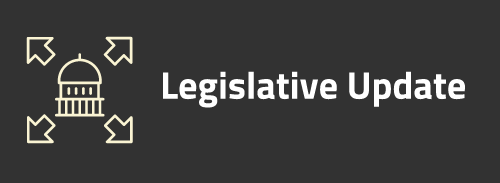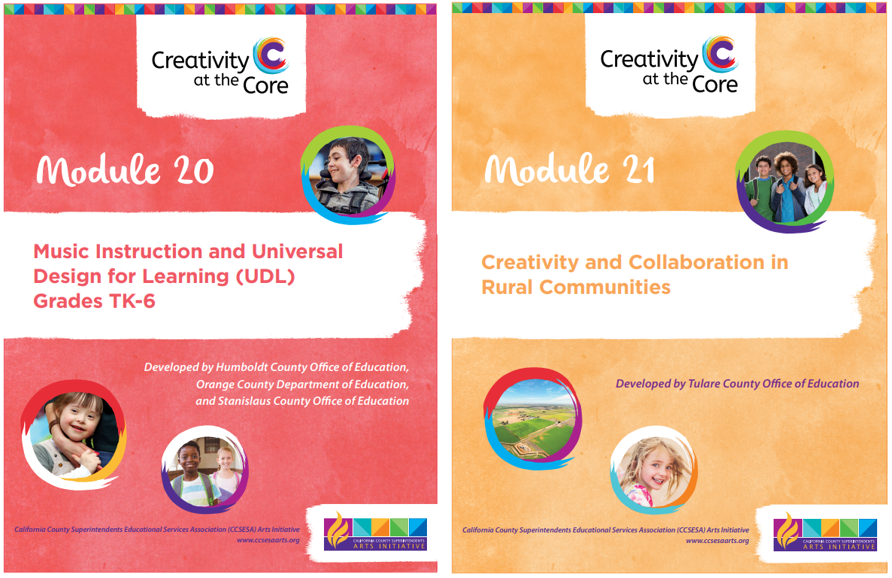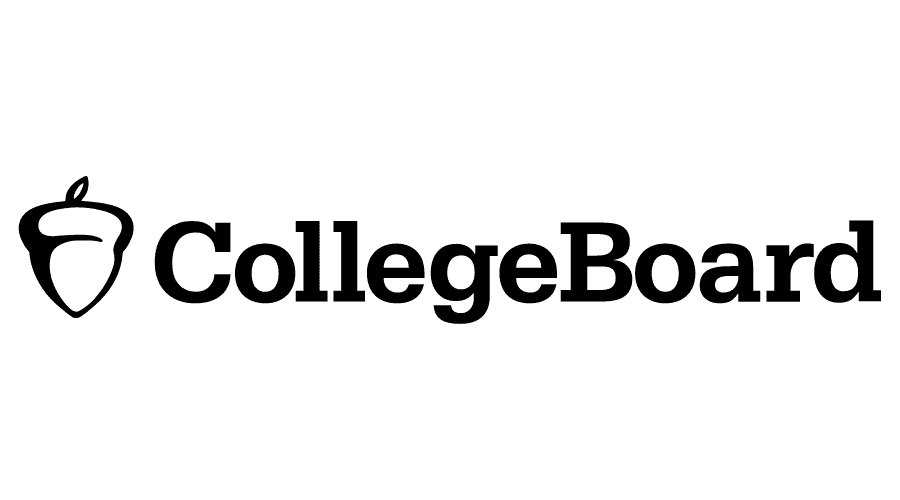
The first year of the legislative session ended on September 13th. While the end of each legislative session comes with its own drama, this year, on the final day of session, the Senate chambers came to a temporary halt when an anti-vaccination protester dropped a device that contained blood onto the Senate Floor hitting several Senators. The Senate Floor was cleared and the CHP as well as Hazmat crews were brought in. Ultimately, the protester was caught and arrested. This demonstration came several days after the Governor had signed two bills limiting the use of vaccination exemptions.
The charter school issue, limits on vaccinations exemptions, or worker status these are some examples of the highly charged issues debated in this legislative session.
The following report provides the current status of bills that are of particular interest to county superintendents:
AB 39 (Muratsuchi) – Expresses the intent of the Legislature to increase the Local Control Funding Formula base grants to amounts equal to the national average per pupil funding level and to apply a cost of living adjustment above the specified cost of living adjustment for funding purposes. This bill was moved to the Senate inactive file
AB 48 (O’Donnell) – Authorizes $15 billion for the construction and modernization of public preschool, K-12, California Community Colleges, University of California, and California State University facilities to be placed on the March 3, 2020 primary ballot. This bill has been passed by both houses of the legislature and has been moved to the Governor for final action.
AB 218 (Gonzalez) – Extends the time for commencement of actions for childhood sexual assault to 40 years of age or five years from discovery of the injury; provides enhanced damages for a cover up, as defined, of the assault; and provides a three-year window in which expired claims are revived. This bill has been passed by both houses of the legislature and has been moved to the Governor for final action.
AB 901 (Gipson) – Commencing July 1, 2021, this bill would limit the authority of a probation department to supervise and provide services to minors who are within the jurisdiction of the juvenile court and eliminates truancy as an offense subject to the jurisdiction of the juvenile court. This bill was held in Senate Education Committee.
AB 1219 (Jones-Sawyer) – Requires the Commission on Teacher Credentialing to develop and implement a statewide automated State Assignment Accountability System for annual monitoring of teacher misassignment in schools, including charter schools, and revises local responsibilities for the monitoring of teacher misassignments. The bill includes language to make charter authorizers responsible for misassignment monitoring for charter school assignments, instead of county offices of education. This bill has been passed by both houses of the legislature and has been moved to the Governor for final action.
AB 1505 (O’Donnell) – Ensures that charter schools are authorized and overseen by school districts and county offices of education, who are the elected officials that best understand the educational needs of their local students, thus improving oversight. The bill gives school districts greater authority to choose which charter schools are approved in their community, and to consider the fiscal impact of the charter school on the current students in the district. The bill updates the renewal criteria for charter schools and establishes the state accountability system as the basis for charter renewal. Lastly, the bill establishes a two-year moratorium on non-classroom based charter schools, with a commitment to reform virtual schools during that time period. This bill has been passed by both houses of the legislature and has been moved to the Governor for final action.
AB 1507 (Smith, C) – Eliminates the ability to authorize a charter school to be located outside the boundaries of the authorizing school district or county, and allows a nonclassroom-based charter school to establish one or more resource centers within the jurisdiction of the school district where the charter school is located. This bill has been passed by both houses of the legislature and has been moved to the Governor for final action.
SB 5 (Beall) – Allows local government agencies to reduce contributions of Educational Revenue Augmentation Funds to schools and redirect those funds to build affordable housing and related infrastructure. This bill has been passed by both houses of the legislature and has been moved to the Governor for final action.
SB 266 (Leyva) – Requires that, in the event of a California Public Employees’ Retirement System retiree having their pension reduced due to miscalculation of their pension, the public employer must cover the reduced benefit to the retiree, as specified. This bill has been passed by both houses of the legislature but has been held at the Senate Desk.
SB 468 (Jackson) – Establishes the California Tax Expenditure Review Board as an independent advisory body to systematically review and assess major tax expenditures, as defined, and make recommendations to the Legislature. Generally, every dollar of a tax credit to the General Fund that does not generate its cost in new revenue takes approximately 40 cents out of California’s classrooms, this represents the share of revenues that would have gone to Proposition 98 from the General Fund. This bill has been passed by both houses of the legislature and has been moved to the Governor for final action.
What’s Next?
Generally, the Governor has 12 days after receiving a bill to decide to sign or veto it, or a bill will become law automatically without his or her signature. However, the Governor has 30 days to make this decision on bills submitted at the end of the legislative session. This year, the Governor’s deadline to act is October 13th.

CCSESA Arts Initiative Announces Two New Creativity at the Core Modules
CCSESA is proud to announce the launch of two new modules produced by key Regional Arts Leads in partnership with other organizations.
Module 20 Music Instruction and Universal Design for Learning (UDL): Grades TK-6.
This module was developed by Steve Venz (Orange County Department of Education), Stacy Young (Humboldt County Office of Education), and Amy Bultena (Stanislaus Office of Education). The module’s outcome is: Teachers will be able to develop and deliver music education or integration lessons incorporating UDL to support access to curriculum and learning for students with diverse abilities in their class.
This module focuses on the following key content: a)Developing teacher understanding of the Universal Design for Learning (UDL) framework, creating a flexible learning environment, instruction and assessment to accommodate individual learning differences; b)Expanding teacher knowledge of the characteristics of various learning barriers and styles of students with diverse abilities and strategies to support learning; and c) Increasing teacher ability to create and deliver a music lesson incorporating UDL Guidelines, providing Kindergarten, 2nd , and 5th Grade music lessons as a supporting example.

Module 21: Creativity and Collaboration in Rural Communities, developed by Kate Stover (Tulare County Office of Education). Designed to build the capacity of rural educators, administrators, and community stakeholders, this module highlights the unique landscape of rural areas and showcases ways to promote high-quality, standards-based arts education by linking students, families, and communities. The sections of the module include the following: a) Arts Education in California; b) Defining Rural; c) Assessing Need: Classroom, Campus and Community; d) Building and Leveraging Cross-Sector Partnerships; and e) Resources for Ensuring Sustainability.
Special thanks to The William and Flora Hewlett Foundation and the Stuart Foundation for their support of this work.
Click to view the entire suite of Creativity at the Core modules








